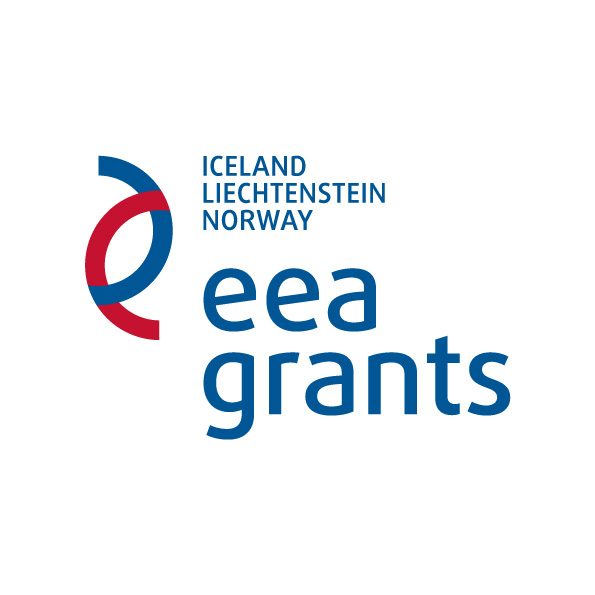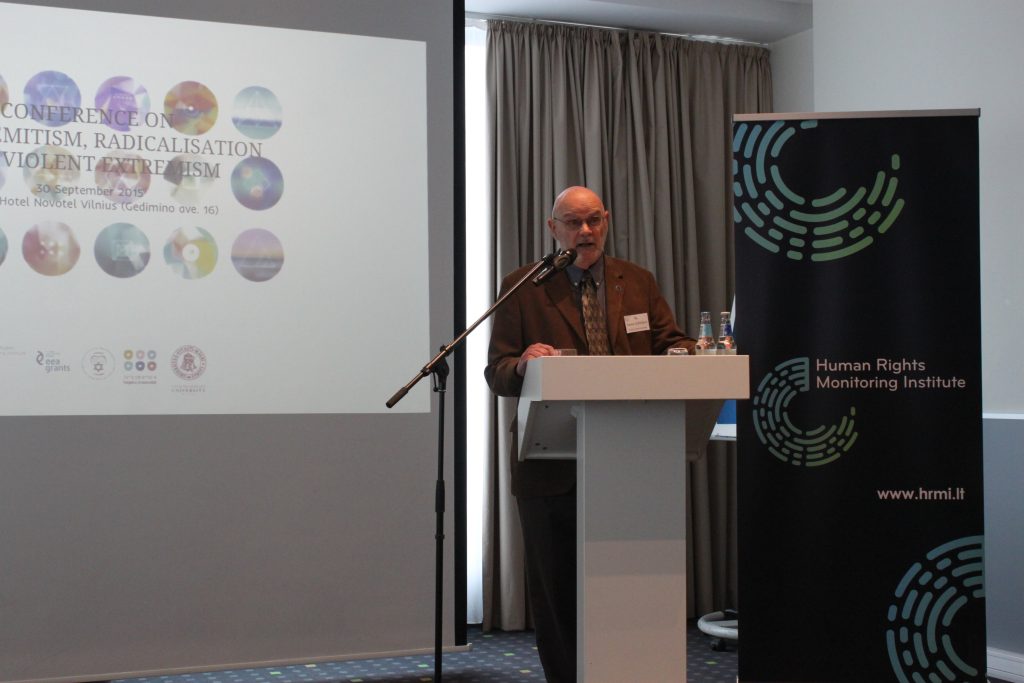“Ideology, especially in its modern utopian forms – all these ideologies are inherently dangerous, even murderous, because… someone always stands in the way, whether it be a race, or a political group or so on. We must understand that Nazi anti-Semitism was of a unique type… it was uniquely genocidal,” claimed professor Saulius Sužiedėlis, speaking at the international Conference on Anti-Semitism, Radicalisation and Violent Extremism organized by HRMI and its partners.
“History does not repeat itself in the way that some people think that it does. It is inconceivable, to me, that an Israel armed with nuclear weapons would ever allow another genocide of its people.”
According to the professor, anti-Semitism was a necessary but insufficient cause of the Holocaust. The greatest number of Jews were killed in failed states where German control was the strongest.
“In those parts of Europe where states existed as structures – even the Axis allies – Jews stood about a one in two chance of survival. But where states were destroyed – Poland, occupied Baltics, Ukraine – the chances of survival for the average victim of the Holocaust were one in twenty,” said S. Sužiedėlis.
In his opinion, it is unlikely that Nazi-type anti-Semitism will ever arise again in the same way, and instead we have to watch for new forms of anti-Semitism, without dismissing the danger they possess.
The professor believes that even if radical utopian ideologies may appear to be divorced from reality, they have an inner logic to them – otherwise, they wouldn’t have any appeal.
“[This inner logic] is critical to understand… [and] it doesn’t do us any good to oversimplify the matter. To give you just one example of this: it is often said that the Nazis killed the Jews simply because they were Jews – this is really a gross oversimplification of the problem. The Nazis murdered Jews because they actually believed that the Jews were dangerous – they were a mortal threat to the natural order of things… and the philosophical notion of Nazism. The concept of collective guilt is at the core of murderous and extreme ideologies…”
Youth radicalisation stems from the failure of the state
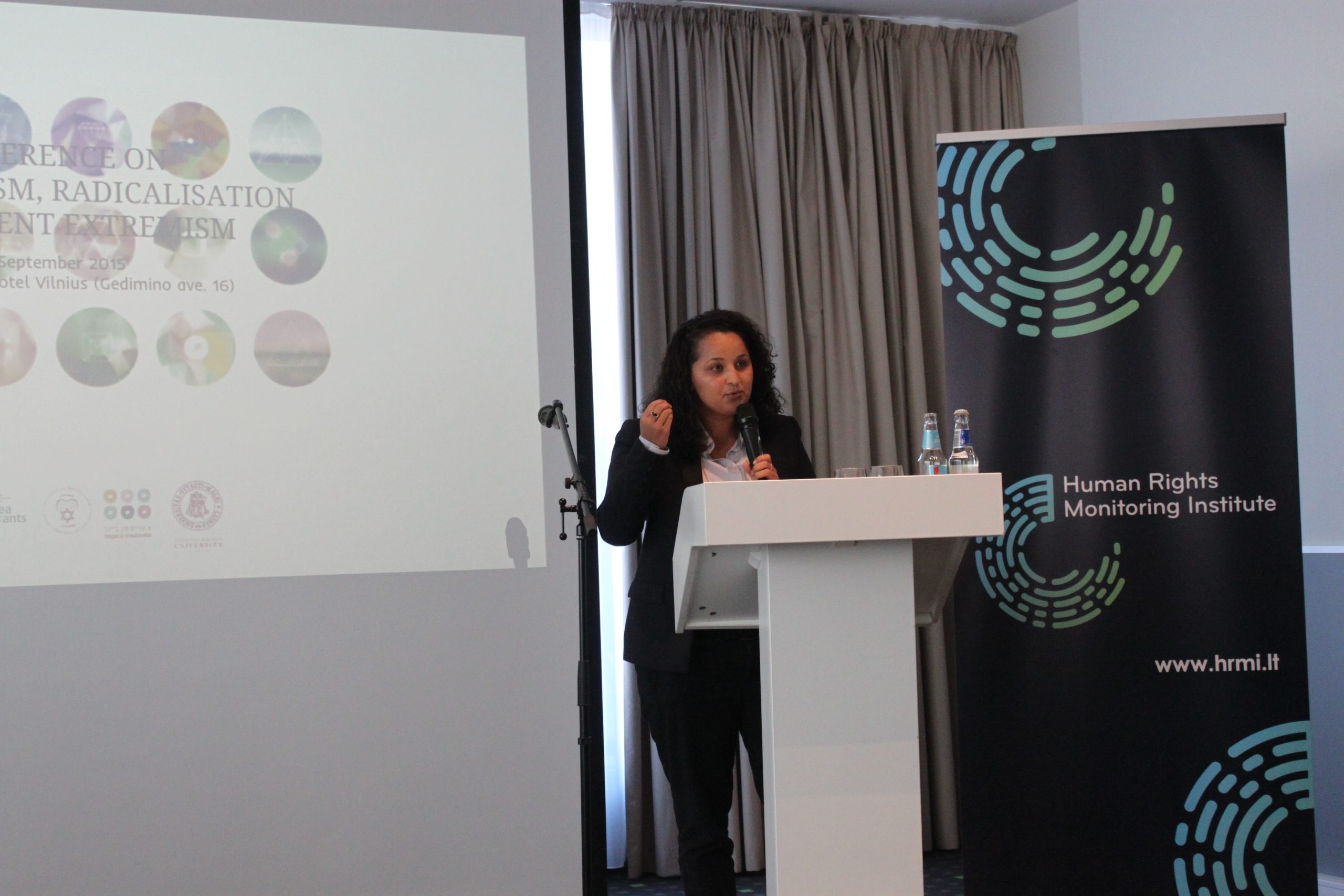
French journalist and human rights activist Samia Hathroubi also agrees that we must understand the inner logic of radicalism.
“When I heard about the massacre in Toulouse, where Jewish children were shot dead in school, and found out that the attacker’s name was Muhammad, my world turned upside down. I’m Muslim, the name of our prophet is Muhammad, the name of my father, my beloved nephew is Muhammad. Like the attacker, I too am a child of Tunisian immigrants. Since then I wrangled with the question: why did I choose to build bridges between the Jews and the Muslims, while Muhammad chose the massacre?”
Samia says that it is enough to have a gander at the list of French citizens joining ISIS to see that they are as European as they come. “Emily, David, Maxim, Michael. These are the publicized names of the most dangerous ISIS jihadists coming from France.”
“The Muslims that perpetrated the massacre at Charlie Hebdo were raised not by parents, but by the French social services – they grew up in institutions.” According to Samia, this shows that the radicalisation of youth is a result of the failure of state policy.
Samia claims that most youths falling to extremism are misfits, minor criminals, with quite a few converting to a radical ideology in prison. Sometimes, this conversion does not even require one to leave the comfort of one’s own home – social media proves enough to do the trick.
Extremist “marketing”
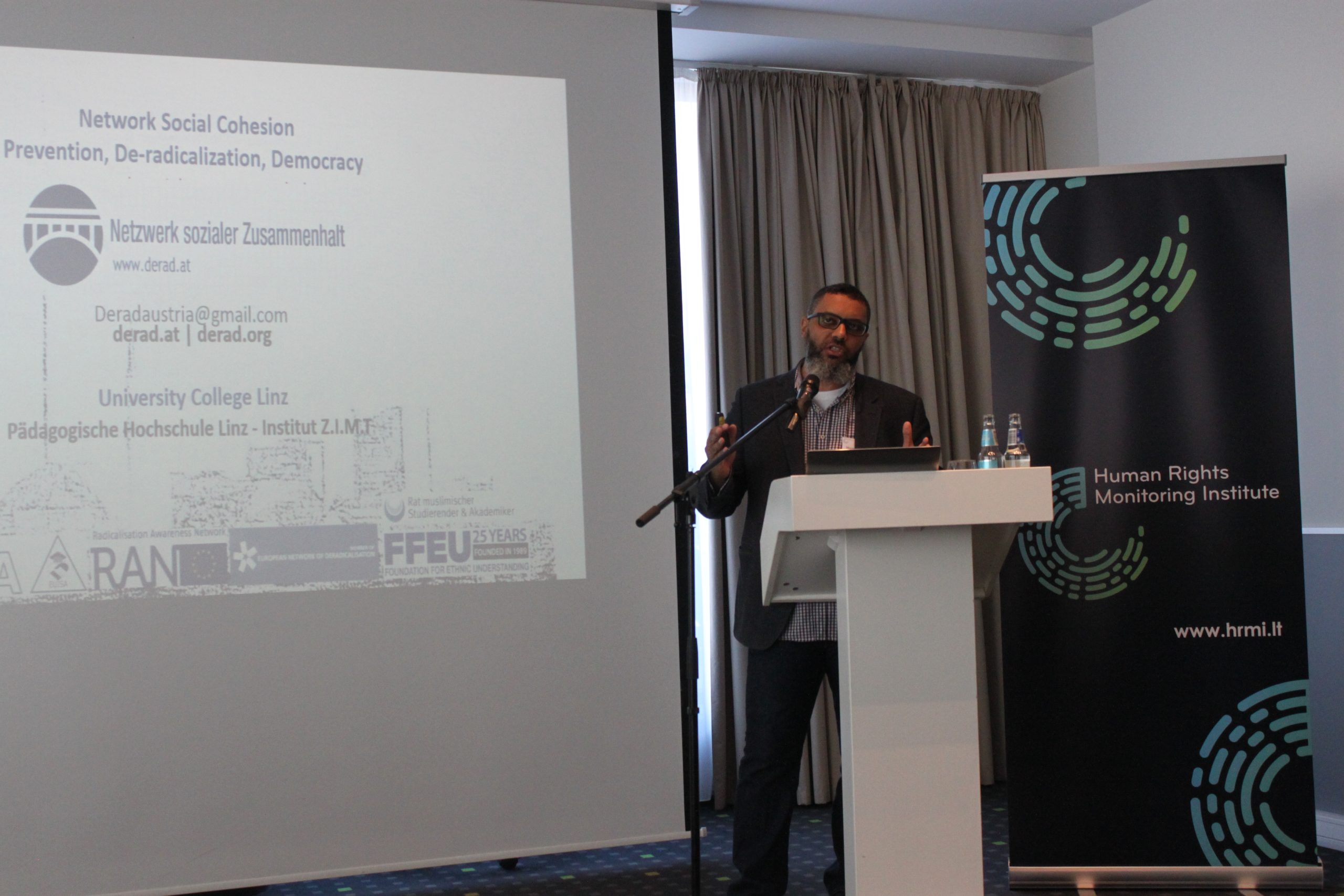
Moussa al-Hassan Diaw, whose mission is to save youth from radicalism, also thinks that the reasons for joining extremist groups are first and foremost psychological and social.
“These are young people that cannot find their place in society, cannot form friendships. We talk to them for a long time, we educate them, we read the Quran together to show them that what’s written there is completely different from what they heard from extremist leaders. For example, more than a few people are surprised to find out that a Muslim man can marry a Christian or a Jew.”
Moussa claims that extremist groups usually have a clear, charismatic leader, who is able to draft youths into a sectarian network. According to him, their drafting methods are very similar to commercial marketing strategy. This gives rise to extremist “ads” with slogans such as “Tune Your Car Jihadi Style” or “Jihad. Just Do It”, the last one rephrasing a popular Nike ad campaign.

Moussa thinks that it is unlikely that the contemporary radical movement will die out any time soon – separate extremist groups in various parts of the world could continue operating for a long time to come. “As long as Assad is supported in Syria, as long as Iran refuses to change its regional policies, it is difficult to envision change.”
Aiming for a safe and open society
Norwegian representative Marit Bjorsnon, coming from a country that takes the prevention of radicalism seriously, claims that Norway now focuses on early intervention, the education of children and young people as well as the inclusion of local communities. “We have prepared a national action plan that is followed by nearly all state institutions. We want to cut off radicalism at the root, while there is still no threat of violence.”
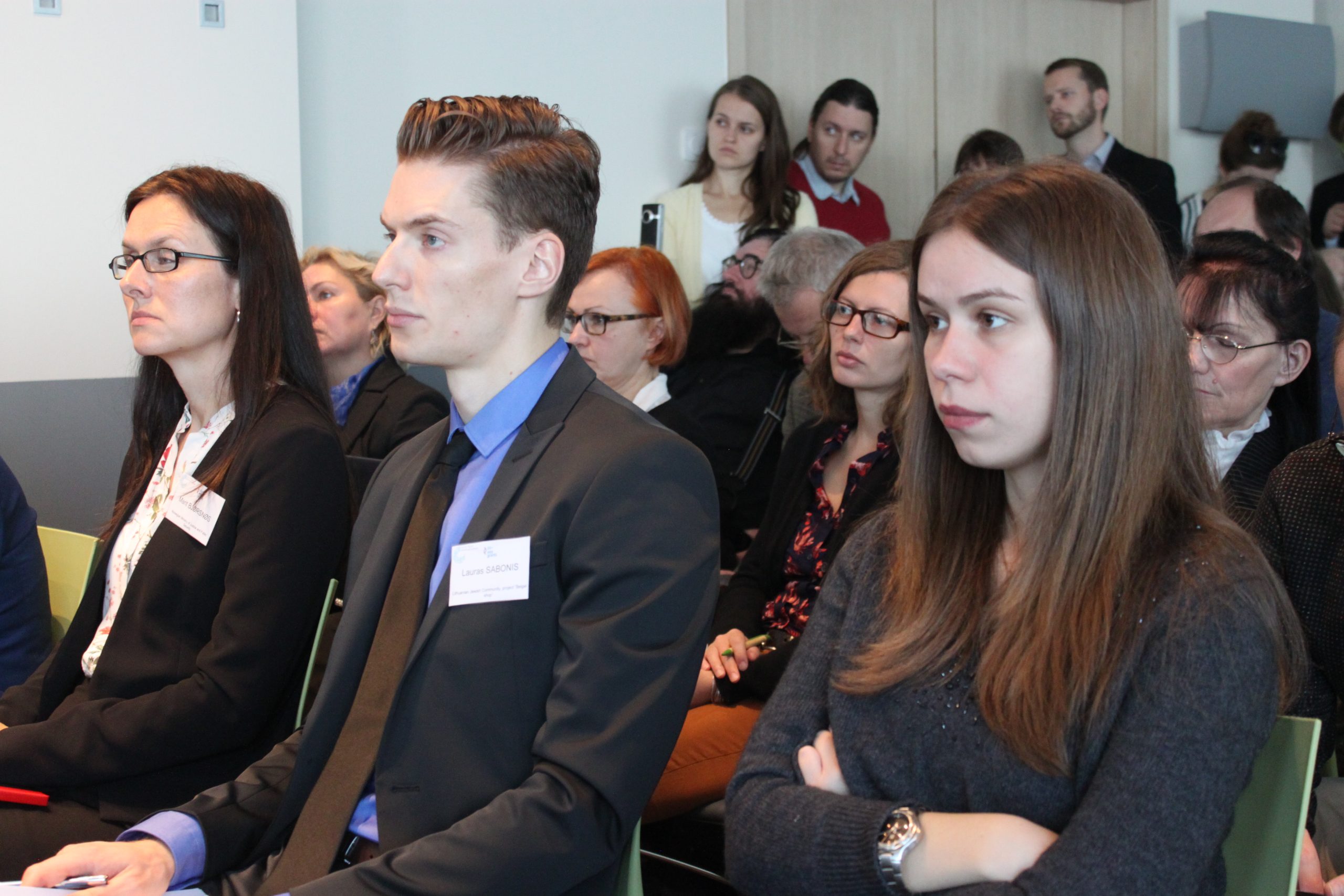
According to Jūratė Guzevičiūtė, representative of the HRMI, the organizers of the conference, it is important to discuss and understand the various forms of radicalism even if the prevailing opinion in Lithuania is that it does not currently pose a direct threat. “To prevent any displays of anti-Semitism, radicalism and violent extremism while continuing to be an open, democratic society that respects human rights and is free from xenophobia – that’s the challenge that we’ll have to overcome in Lithuania.”
Organizers: Human Rights Monitoring Institute, Jewish Community of Lithuania, Vytautas Magnus University
Sponsor: European Economic Area Grants, NGO Programme Lithuania
